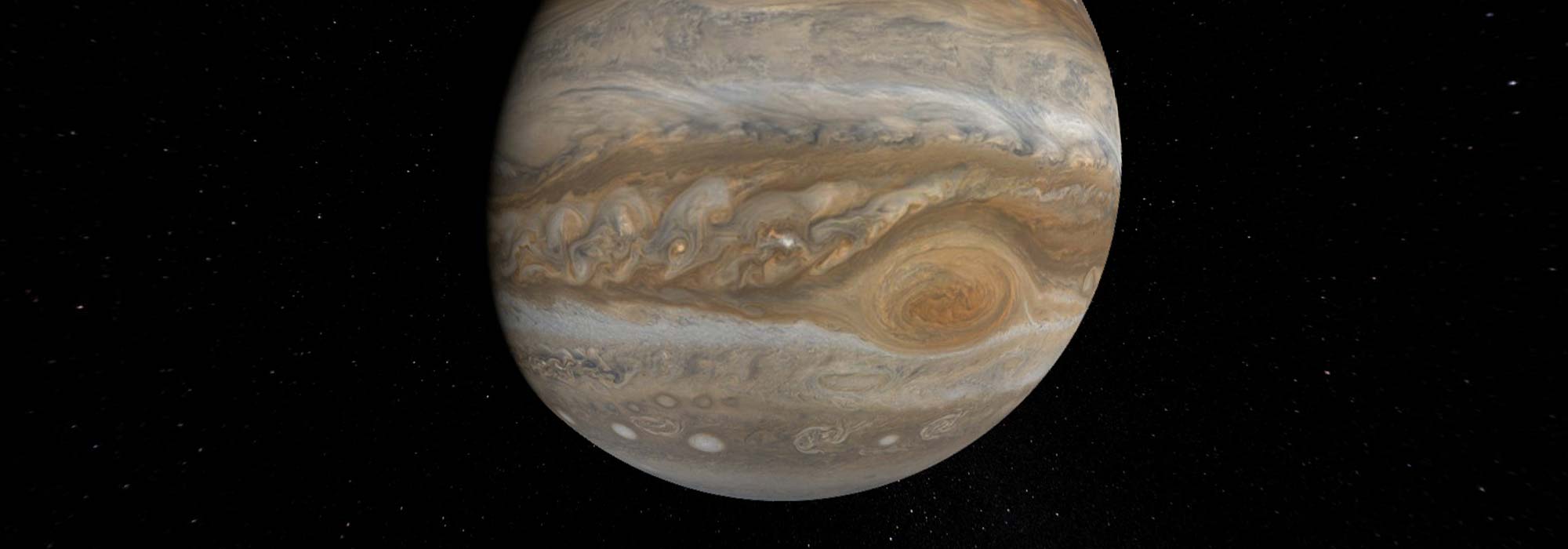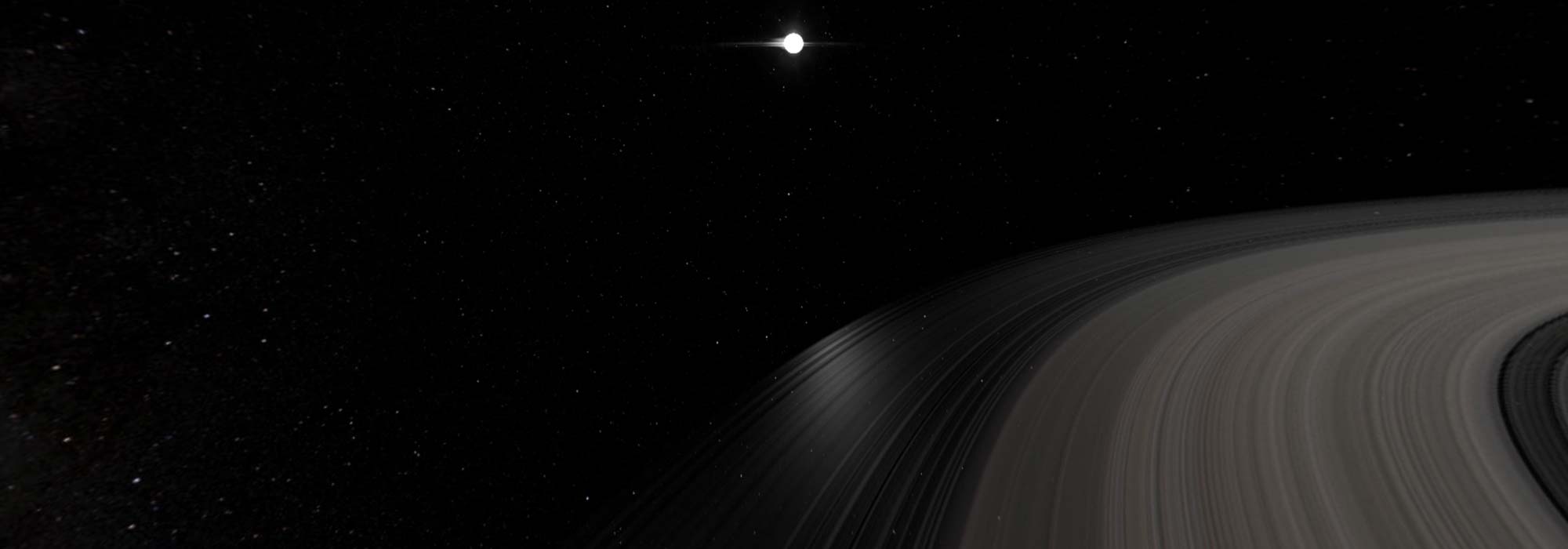Virtual Solar System
My virtual solar system enables learners who physically cannot attend the University planetarium with a virtual equivalent of the planetarium on campus.
The Broken Experience
Students in the Astrophysics program at Utah Valley University utilize a state-of-the-art planetarium virtual tour of the solar system. However, distance-students (students who attend courses virtually) have a very stinted experience of the tour.

The Audience
The audience is distance or online students, specifically those who are taking distance or online astrophysics courses. These students must access online course content from a computer or mobile device.
Identifying the Problem
The planetarium is basically a theater room, but instead of a stage or a screen at the front, there is a large dome overhead where the audience has a 180° view of the images projected onto the dome. If you've ever been to a 3D laser lights show, you know the setup.
To empathize with the intended audience, I needed both the in-person and the distance-learning experience of the virtual tour.
Remote/Distance Planetarium Experience
Viewing the virtual tour from a computer screen was often difficult to see, and if I didn't hear the professor, there was no immediate way to inform them. Also, because the camera I was viewing it through was fixed in place, if the professor didn't have the object of focus in the right place, I would easily miss it.
In Person Planetarium Experience
In contrast, experiencing the virtual tour in person was visceral and exciting. I was immediately surprised to discover that the professor used a laser pen to point out objects and to trace the spaces between them, which I didn't notice at all from the computer screen. When I had missed something or had a request, I could simply ask, and the professor could navigate to or rotate the point of view toward the subject.
The Problem
The difference in experiences stems from the fact that the tour was designed to be viewed from one perspective but viewed from another. If you have ever tried to take a photo of the Moon with your mobile device, you've experienced the chasm between what you were seeing and what your device captured. The Moon might have looked incredible in person, but the photo evidence was merely several pixels of a white blob. Similarly, the difference between experiencing the planetarium in person versus through a secondary interface is stark.
The Solution
While I didn't believe I could design an experience that was equal to being in the planetarium in person, I did think I had a solution worth exploring.
Seeking Collaboration
To prove to the UVU physics program that I had an idea worth their time investment and resources, I prepared a presentation that highlighted the benefits of collaboration between the Physics Department and the Technology and Engineering department and the benefits of a web-based virtual tour for distance-students.
My efforts had secured me the support and assistance of the department Chair, along with two other professors.
Research
After experiencing the planetariums virtual tour with a group of Professors, I met with them individually and learned about their painpoints and needs.
I interviewed several physics students about their study habbits, mobile use, desktop use and their impressions of the planetarium.

Traditionally, 3D panoramas show 360 views from photographs. However, I felt that if I could create 360 panoramic renderings from Maya, I could potentially make a 3D virtual tour of the solar system.
Technology Test Prototype
The 360 panorama at the top of this page is an interactive prototype and does not necessarily contain content that would be in the final product. The initial starting location is intended to test in-world interactivity in the absence of a heads-up-display style of interface.